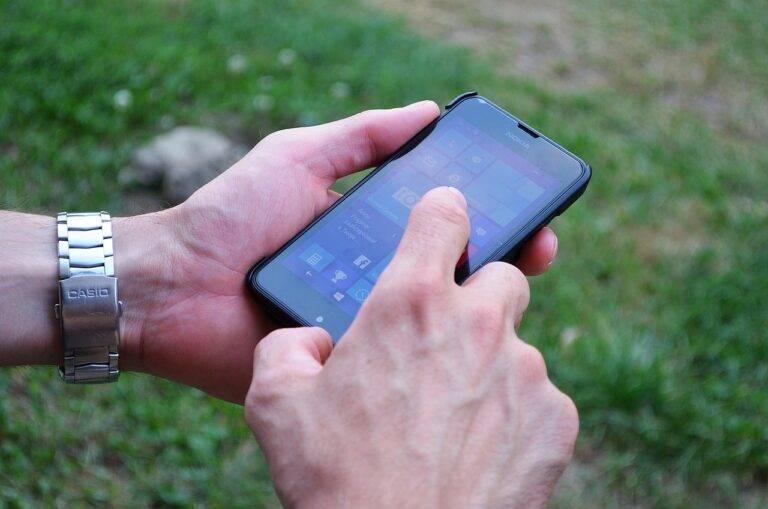The Rise of E-commerce: Strategies for Brick-and-Mortar Businesses to Adapt
The emergence of e-commerce presents a significant challenge for traditional brick-and-mortar businesses. Many consumers have shifted towards online shopping due to its convenience and accessibility. This shift has led to decreased foot traffic in physical stores, impacting sales and profitability for brick-and-mortar establishments.
Additionally, brick-and-mortar businesses face the challenge of maintaining relevance in a digital-driven marketplace. With the rise of online reviews and social media, consumers have instant access to information and can easily compare products and prices across different platforms. This increased transparency puts pressure on traditional retailers to differentiate themselves and provide a unique value proposition to attract and retain customers.
Understanding Consumer Behavior and Preferences in E-commerce
Consumer behavior in e-commerce is influenced by a multitude of factors, ranging from personal preferences to marketing strategies. The convenience of online shopping has significantly shifted consumer habits, with many opting for the ease of browsing products from the comfort of their homes. Additionally, the abundance of choices and the ability to compare prices with a few clicks have further molded consumer behavior in the digital realm.
Preferences play a crucial role in determining consumer choices in e-commerce. The customization options available on many online platforms cater to individual tastes and preferences, enhancing the overall shopping experience. Moreover, the accessibility to reviews and ratings enables consumers to make informed decisions based on the experiences of others, shaping their preferences and influencing their purchasing behavior.
Leveraging Technology to Enhance the In-Store Shopping Experience
Technology continues to play a crucial role in transforming the traditional in-store shopping experience. Retailers are increasingly integrating digital tools to bridge the gap between online and offline shopping. Interactive displays, virtual reality fitting rooms, and beacon technology are just a few examples of how technology is enhancing the overall customer experience within physical stores.
Moreover, in-store analytics are being utilized to understand consumer behavior and preferences, enabling retailers to personalize the shopping journey. By tracking customer movements and interactions with products, stores can tailor their offerings and promotions to cater to individual needs. This data-driven approach not only enhances customer satisfaction but also helps to optimize store layouts and inventory management for improved efficiency.
• Interactive displays, virtual reality fitting rooms, and beacon technology are being used to enhance the overall customer experience in physical stores.
• Retailers are leveraging in-store analytics to understand consumer behavior and preferences.
• Personalizing the shopping journey by tracking customer movements and interactions with products.
• Tailoring offerings and promotions based on individual needs identified through data analysis.
• Optimizing store layouts and inventory management for improved efficiency using data-driven insights.
What are some challenges faced by brick-and-mortar businesses in the digital age?
Brick-and-mortar businesses face challenges such as competition from online retailers, changing consumer behavior towards e-commerce, and the need to adapt to technological advancements to stay relevant.
How important is it to understand consumer behavior and preferences in e-commerce?
Understanding consumer behavior and preferences in e-commerce is crucial for brick-and-mortar businesses to tailor their in-store shopping experience to meet the evolving needs and expectations of their customers.
How can technology be leveraged to enhance the in-store shopping experience?
Technology can be leveraged in various ways to enhance the in-store shopping experience, such as implementing mobile payment options, offering personalized recommendations based on customer data, providing interactive displays, and integrating virtual reality for immersive experiences.
What are some examples of technology that can be used to enhance the in-store shopping experience?
Examples of technology that can be used to enhance the in-store shopping experience include beacon technology for personalized offers, digital signage for interactive displays, augmented reality for virtual try-ons, and mobile apps for seamless navigation and payment.







